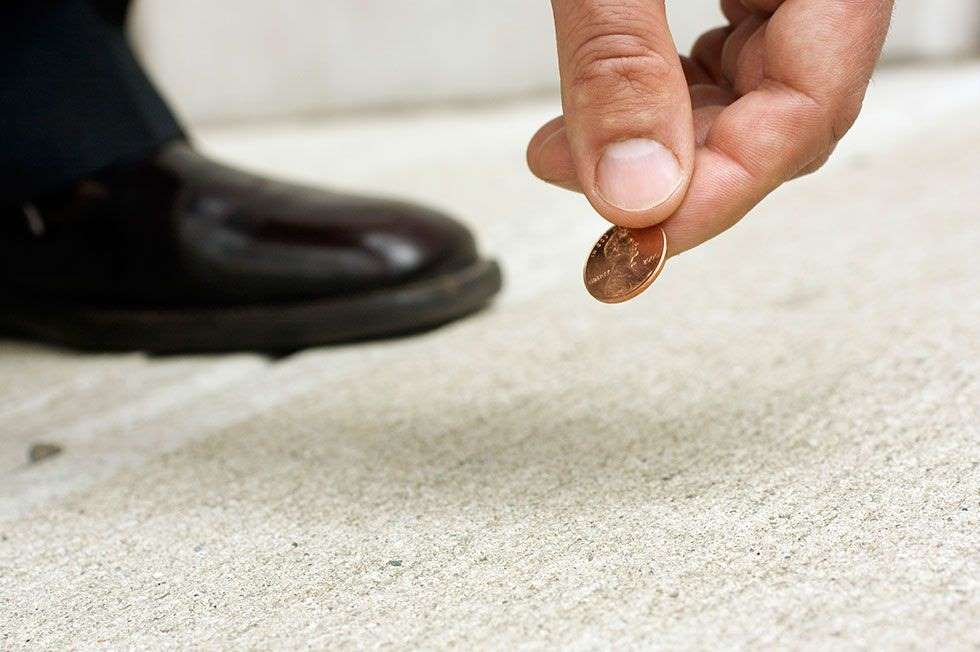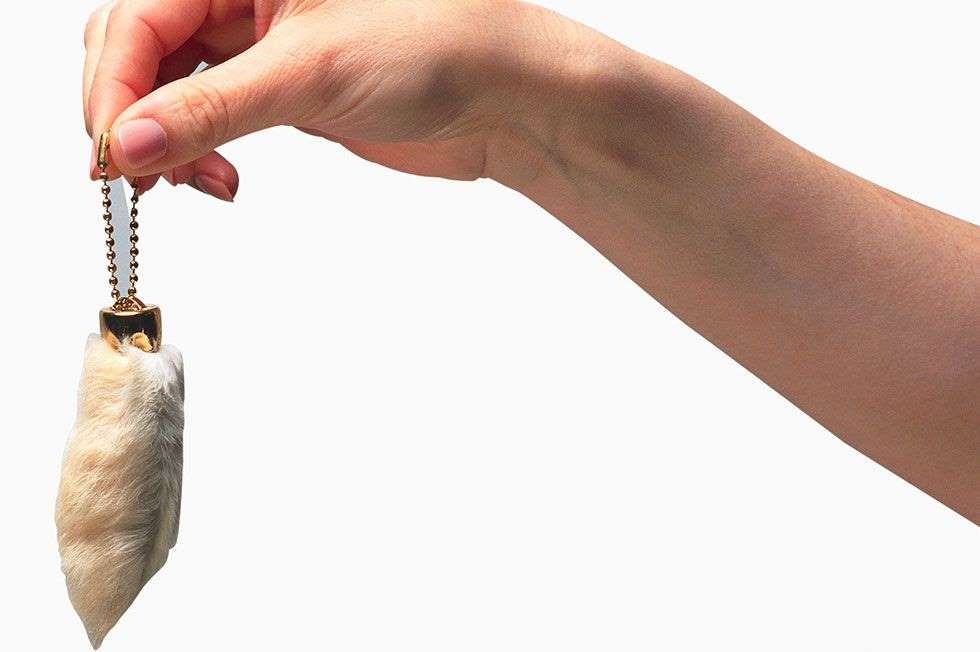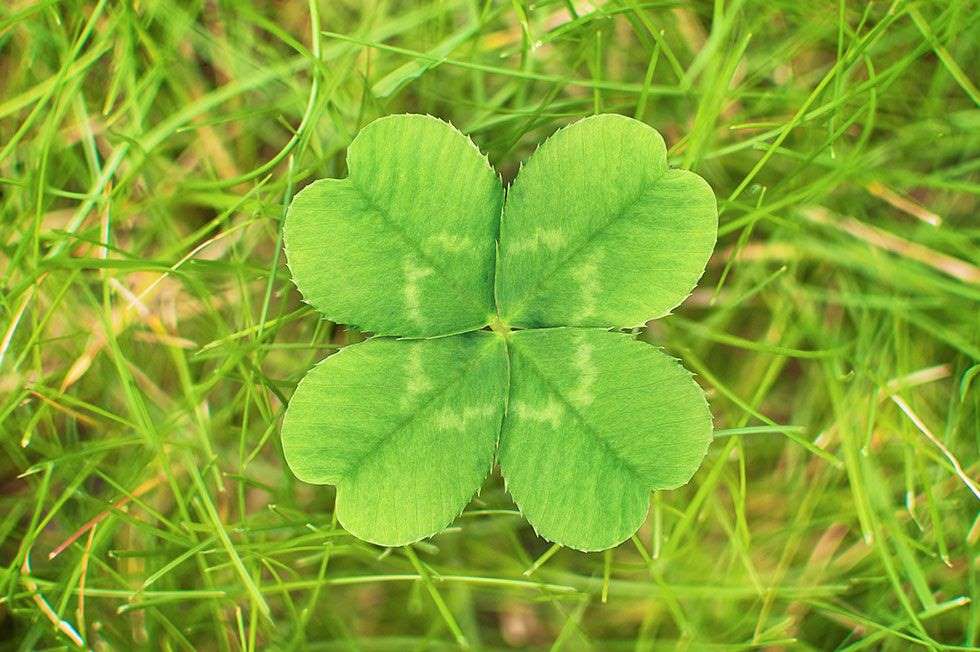

Dedicated to the Promotion and Preservation of American Muscle Cars, Dealer built Supercars and COPO cars. |
|
|||||||
| Register | Album Gallery | Thread Gallery | FAQ | Community | Calendar | Become a Paid Member | Today's Posts | Search |

|
|
|
Thread Tools | Display Modes |
|
#4221
|
||||
|
||||
 Knocking on Wood Ancient pagans used to believe that there spirits living the trees and knocking on the trunks would summon them for protection. The gesture was also used to thank them when something good happened. The tradition later took shape in other cultures. Some Christians associated the tradition with the cross and Jews associated it with knocking on the wooden doors of synagogues while seeking shelter during the Spanish Inquisition. |
|
#4222
|
||||
|
||||
 Opening Umbrellas Indoors You can thank the ancient Egyptians for this bad omen. They used umbrellas to protect themselves from the sun, but opening them indoors was considered an insult to the sun god. It was equally as offensive to open one in an area that wasn’t sunny. Another theory traces it back to 18th century England when the mechanics of the "modern" umbrella made them straight-up dangerous when opened in close quarters. |
|
#4223
|
||||
|
||||
 Finding a Penny Most people wouldn’t consider a single cent on the ground to be good fortune, but back in ancient times it was quite the find. Old civilizations believed that find any metal on the ground was a gift from the gods. Some people believe holding onto the penny will bring good luck and others think the good luck comes when you give the penny away. Either way, that’s a lot value to place on one penny. |
|
#4224
|
||||
|
||||
 Spilling Salt There area couple of reasons why spilled salt is supposedly bad luck. The simple explanation is that salt was once used as an expensive trading commodity, so spilling it was just plain wasteful. The other theory is that it was considered a magical substance in ancient times where it was used to perform rituals. Spilling it meant you were inviting the devil in. |
|
#4225
|
||||
|
||||
 Beginner’s Luck This gambling superstition is rooted in a psychological term called confirmation bias. It’s the theory that if you have some preconceived idea about something, your mind is on the lookout for evidence to back that up. In this case, losing at a game against someone who has never played before sticks out in your mind more than all of the times you won. |
|
#4226
|
||||
|
||||
 Rabbit's Foot The idea of rabbits being lucky is part of Celtic lore. The idea sprung from the fact that they live underground, which made people at the time think they had a direct line of communication with the gods. In more recent times, the animal’s reputation for being fertile made rabbit-themed charms popular among women hoping to conceive. Most rabbit foot charms today are actually just made of fake fur and plastic, but the association is still there. |
|
#4227
|
||||
|
||||
 Stepping on a Crack There are some internet theories that this superstition actually had racist beginnings in the 19th century, but cracks have been something to avoid since far earlier. European and Early American folk tales spread the notion that the empty space in cracks (whether in sidewalks, floors, walls, etc.) were actually connections from earth to the spirit world and messing with them in any way would cause trouble and misfortune. This eventually gave way to the popular nursery rhyme, “Step on a crack and break you mother’s back.” |
|
#4228
|
||||
|
||||
 Breaking a Wishbone The wishbone superstition started thousands of years ago with the Etruscan Italian empire. They predicted the future by observing chickens and viewed the collarbone as a sacred part of the bird. The Etruscans would let the collarbones dry out and then keep them to make wishes. Romans adopted this tradition and started breaking the bones among two people due to a lack of availability. |
|
#4229
|
||||
|
||||
 Horseshoes are considered symbols of good luck because of a Christian story about the 10th century saint Dunstan. He was a blacksmith who was approached by the Devil (in disguise) to put shoes on his horse but Dunstan saw through the disguise and put the shoes on the Devil’s feet instead. Dunstan agreed to remove the shoes only if the Devil agreed never to try and enter a home with a horseshoe hanging on its door. It is customary to hang your horseshoe with seven nails, but there is some debate over whether they should be hung with the ends point up so the shoe catches luck or down so that the shoe pours luck onto everyone who passes through the doorway. |
|
#4230
|
||||
|
||||
 You might think the myth of the four-leaf clover has celtic origins, but you’d be wrong. The hype around the shamrock started with Adam and Eve when Eve took a four-leaf clover from the Garden of Eden as a souvenir from the beautiful paradise they were leaving behind when they were exiled. Other cultures including the ancient Egyptians and yes, the Druid priests of Ireland, who believed that the clovers had healing properties and could ward off evil. It is estimated that the chances of finding a four-leaf clover is one in 10,000. |
 |
|
|